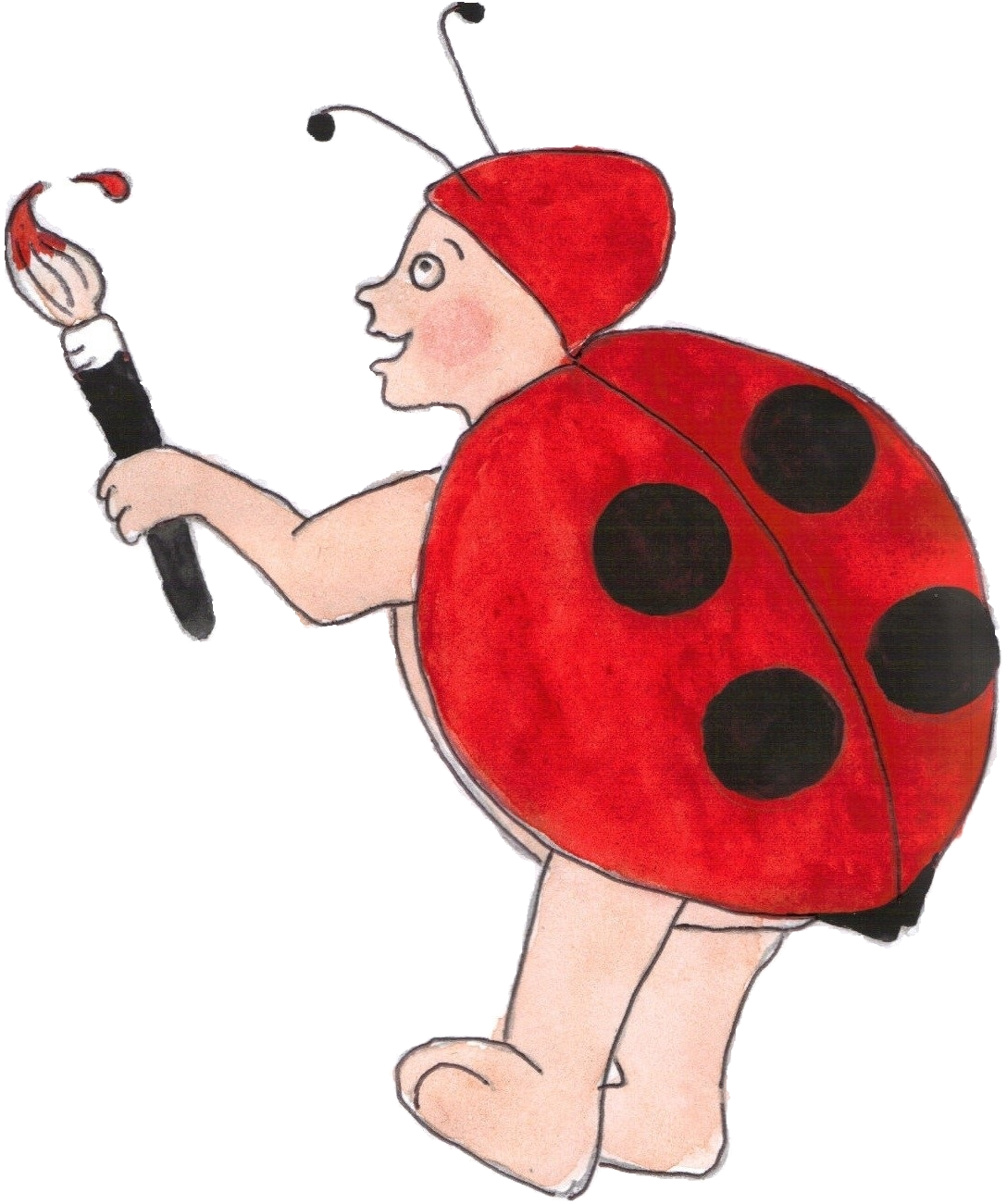Introduction
A key person role is to help ensure that every child’s care is tailored to meet their individual needs, to help the child become familiar with the setting, offer a settled relationship for the child and build a relationship with their parents/carers. (Statutory Framework for the Early Years Foundation Stage 2021)
Ladybird Pre-School Nursery is committed to assigning a named key person to every child who attends the Nursery. The key person will help the child become familiar with the Nursery and feel confident and safe within it, developing a genuine bond with the child (and the child’s parents/carers) and offering a settled, close relationship.
The key person will meet the needs of each child in their care and respond sensitively to their feelings, ideas and behaviour, talking to parents/carers to make sure the child is being cared for appropriately for each family.
Before a child starts at Nursery, they are allocated a key person. Written information about the key person system and photographs of the key person is sent to the family in the welcome pack.
Parents/carers will be informed if their child’s key person changes and the reason for this change.
Key Person Responsibilities
Relationships with key children
- The key person provides a secure attachment for their key children in Nursery.
- The key person and the manager or another practitioner attend a home visit and familiarise themselves with the child and their parents/carers. No member of staff will attend a home visit alone. When restrictions do not allow for home visits to take place then a virtual meet will be offered.
- The key person, or in their absence a designated practitioner, will be responsible for the induction of the family and the child into the Nursery, help them settle in and become familiar with the Nursery.
- The key person meets the needs of their key children responding sensitively to their feelings, ideas and behaviour.
- The key person provides a ‘secure base’ for the children by being there to support them, allowing them to explore at their own pace and supports and enables independence.
- They are primarily responsible for their key children’s care routines such as nappy changing and toileting.
Relationships with parents/carers
- Key persons should develop a good relationship with parents/carers, ensuring that the child is cared for appropriately at Nursery and accommodating their individual needs within the daily routine.
- The key person needs to develop a two-way flow of information between themselves and the parents/carers to help them become aware of any significant aspects of family life that may be important to the child.
- The key person has responsibility for regularly updating their key children’s Learning Journey (Tapestry) and share this with other professionals as required. In cases of children with additional needs, or identified children in need, they will be required to share information with the Nursery SENDCo and may be called upon in attending reviews and meetings.
- The key person acts as the key contact for the parents/carers and, with prior permission, will make links with other carers involved with the child, such as a childminder, and co-ordinates the sharing of appropriate information about the child’s development with those carers.
Records
- The key person is responsible for observational records of their key children, using these to inform next steps, individualised planning, Individual Education Plans (IEPs), Education, Health and Care Plan (EHCP) if appropriate and completing development profiles for each of their key children.
- The key person is also responsible for feeding information about the child’s next steps for development into the nurseries planning.
- The key person is responsible for developmental records and keeping these records up to date, reflecting the full picture of the child in Nursery.
- Where a child is supported by another member of staff who is not their key person, such as Special Educational Needs co-ordinator, record keeping then becomes a joint responsibility.
